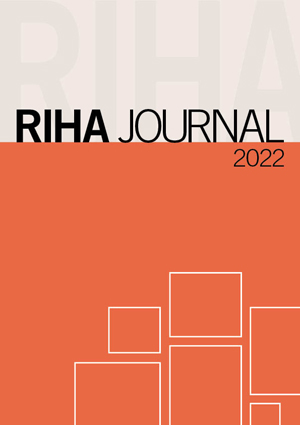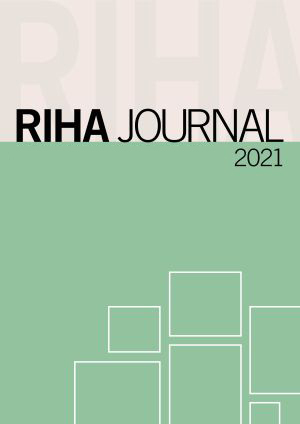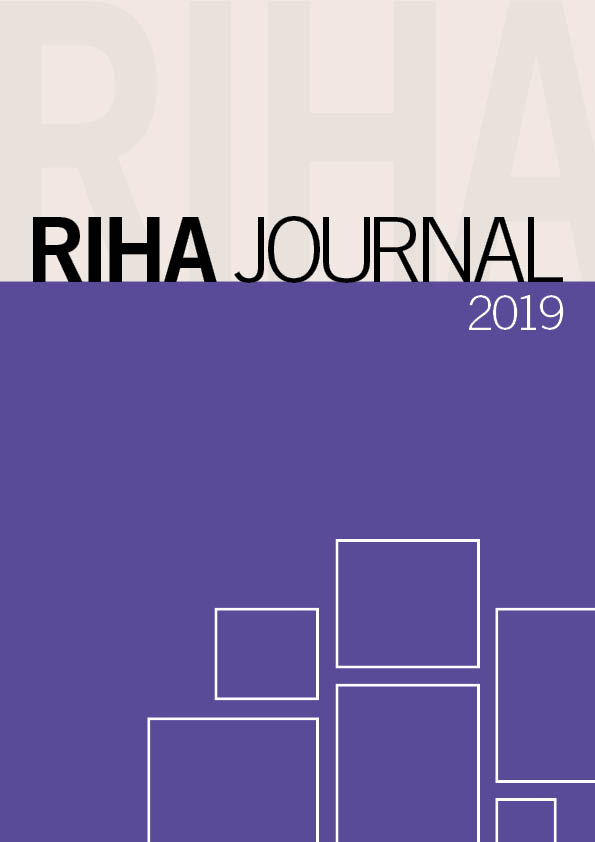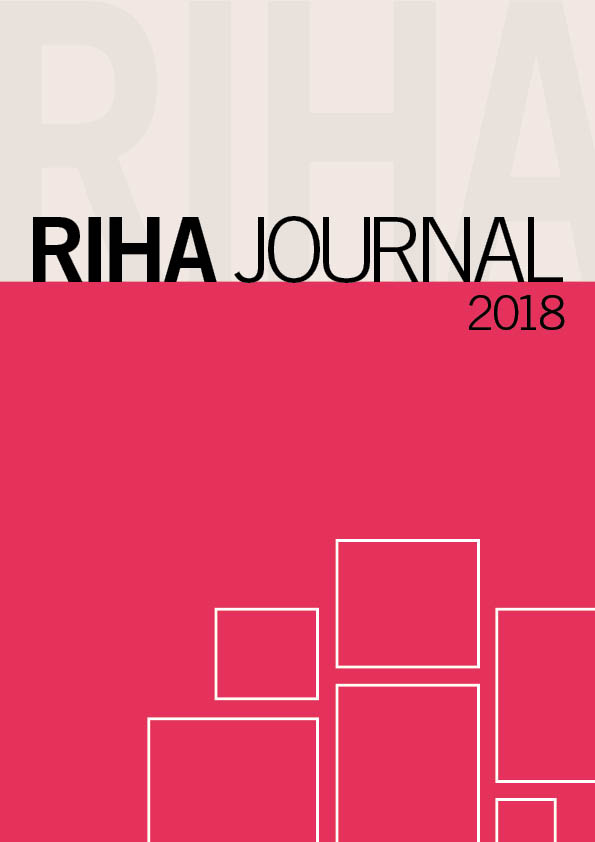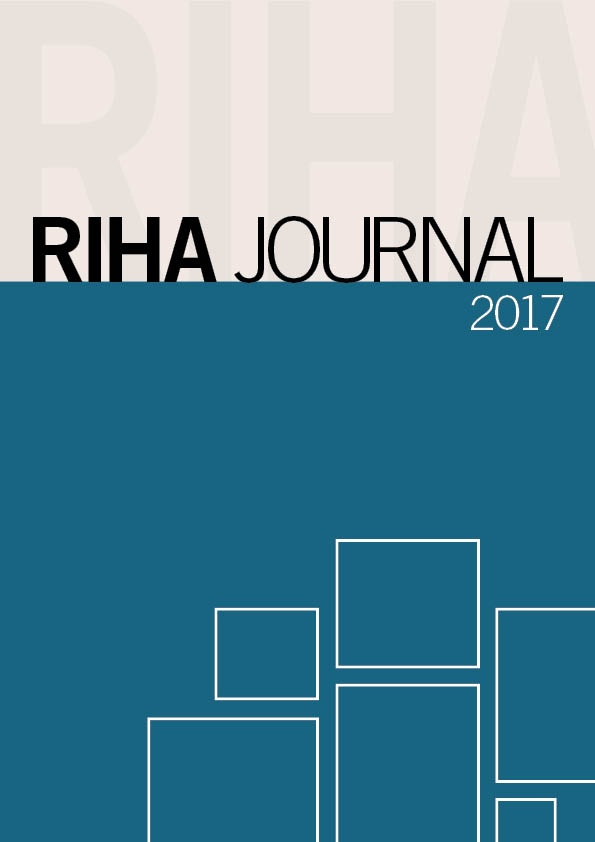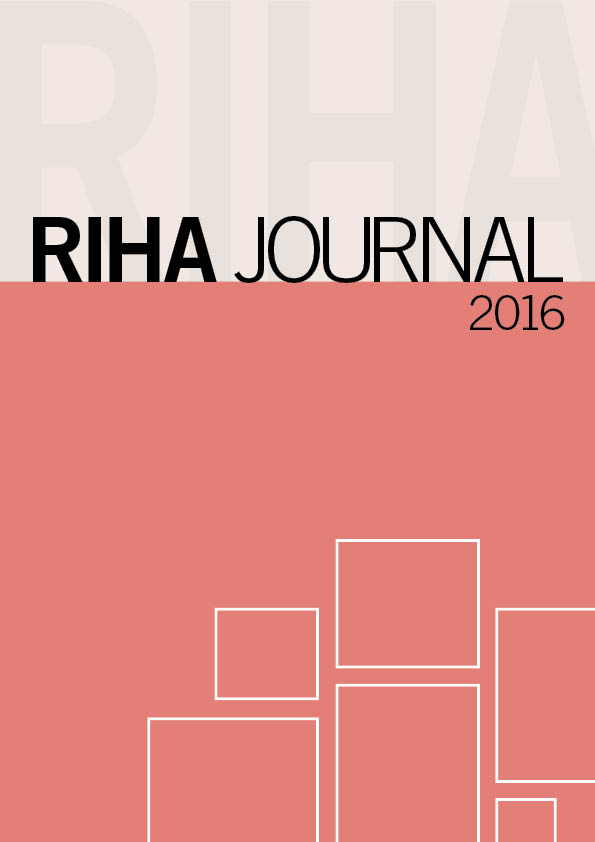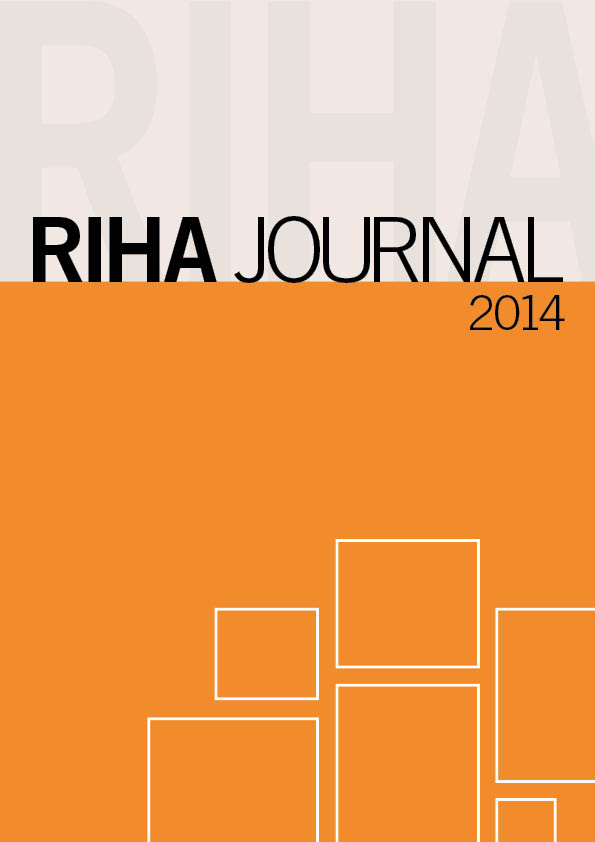Archives

Special Issue "Napoli dalle colline: città e campagna, cultura e natura nella veduta di Jan van Stinemolen (1582)"
2025
Articles 0335-0341
Guest-edited by Tanja Michalsky and Adrian Bremenkamp
In 1582, the Dutch draughtsman Jan van Stinemolen completed a monumental panorama of Naples (now in the Albertina, Vienna). Executed in ink on paper, this work presents not the conventional view of the city from the Gulf, but rather from the mainland. The contributions assembled in this issue offer new insights into this well-known work and underscore its distinctive qualities, not least through the application of innovative analytical tools. They are the result of a collaborative research project involving digitized maps annotated at the Bibliotheca Hertziana – Max Planck Institute for Art History. Digital annotation proved fundamental to the approach adopted here, which led to an analysis of the drawing's conception that showed this work to be much more than a snapshot of Naples in 1582.

Special Issue "Architekt:innen-Monographien. Kanonisierung, Kontextualisierung, Kritik"
2025
Articles 0326-0334
Guest-edited by Ruth Hanisch, Richard Kurdiovsky, Bernadette Reinhold and Antje Senarclens de Grancy
Monographs on architects are an established and rarely questioned format within architectural scholarship. This special issue explores the diverse motivations behind producing such publications, alongside the sources, media, and modes of presentation employed, focusing on case studies from Central Europe. Monographs on architects are shaped by their authors and created within specific socio-cultural, political, economic, and scholarly contexts. Who is chosen as the subject of a monograph? Who is privileged, and who remains marginalized? How do we confront the 'blind spots' increasingly central to contemporary academic discourse, such as questions of gender, anti-Semitism, or the Nazi past? Ultimately, these inquiries lead to a broader reflection on the processes through which the architectural canon is constructed.
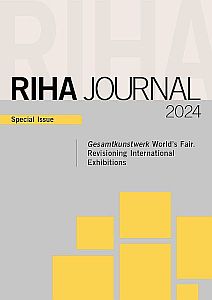
Special Issue "'Gesamtkunstwerk' World’s Fair. Revisioning International Exhibitions"
2024
Articles 0300-0312
Guest-edited by Buket Altinoba, Alexandra Karentzos and Miriam Oesterreich
Since their beginnings in the mid-19th century, world's fairs have sought to summarize knowledge about the world by compiling presentations from a variety of fields: technology, machinery, crafts, fine arts, and ethnography. Conceived as a mass spectacle, the exhibits blended into a kind of Gesamtkunstwerk. At the same time, they became signifiers of a narrative of technological progress, colonial expansion and artistic innovation. Under the headings 'Gesamtkunstwerk and the Assemblage of Things', 'Technology and Art', 'Gender and Fashion', and 'Colonial Entanglements and Postcoloniality', this special issue focuses on four thematic areas that have so far received little attention in the discourse on world's fairs.
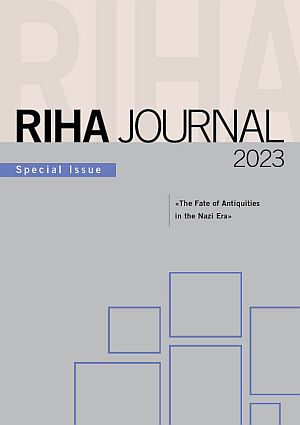
Special Issue "The Fate of Antiquities in the Nazi Era"
2023
Articles 0282-0294
Guest-edited by Irene Bald Romano
This publication was inspired by the 2017–2019 German/American Provenance Research Exchange Program (PREP). We hope that it will augment our understanding of the role of antiquities in the art world in the Nazi period, the aesthetics of National Socialism, antiquities collectors and dealers in Europe in the late 19th century and the first half of the 20th century, and the various ways in which antiquities changed hands during the precarious Nazi period. The articles also provide a wealth of bibliographic and other resources, as well as a framework for research methodologies that can be employed by other scholars examining works of ancient art and archaeological objects that have a history in the Nazi period.

Special Issue "Vienna as a Sculptural Centre in the Long 19th Century. Current Research on Sculpture in Central Europe"
2021
Articles 0260-0269
Guest-edited by Ingeborg Schemper-Sparholz and Caroline Mang
The Vienna Art Academy has always attracted budding artists from all over the Empire, especially after the reform in 1872. At the same time, the project of the Vienna Ringstraße offered the prospect of commissions. Still, the networks of sculptors in the capital and the crown lands during these decades have not been widely explored. This is not a matter of purely art-historical questions; rather, the national question plays an important role.
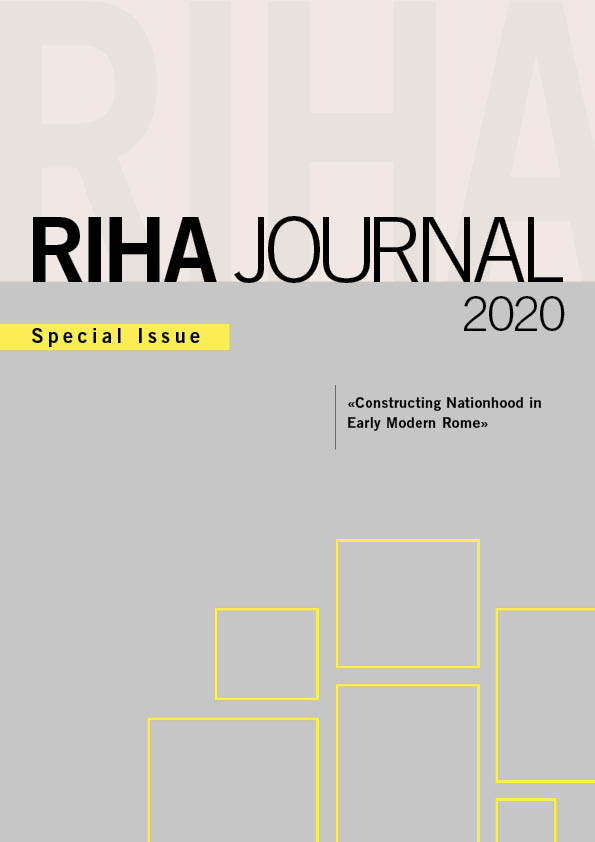
Special Issue "Constructing Nationhood in Early Modern Rome"
2020
Articles 0237-0243
Guest-edited by Susanne Kubersky-Piredda and Tobias Daniels
In the Early Modern period, the concept of national identity differed greatly from the nineteenth- and early twentieth-century ideology of the nation state. The word natio defined a group of persons unified by common territorial origins and cultural markers such as language, habits, customs, traditions, and confessions. Like no other city in Europe, Rome, home of the papacy, destination of pilgrims, and metropolis of art, was a perpetual hub for foreigners and thus was an ideal laboratory for the formation of national identities and their representation on an international stage.
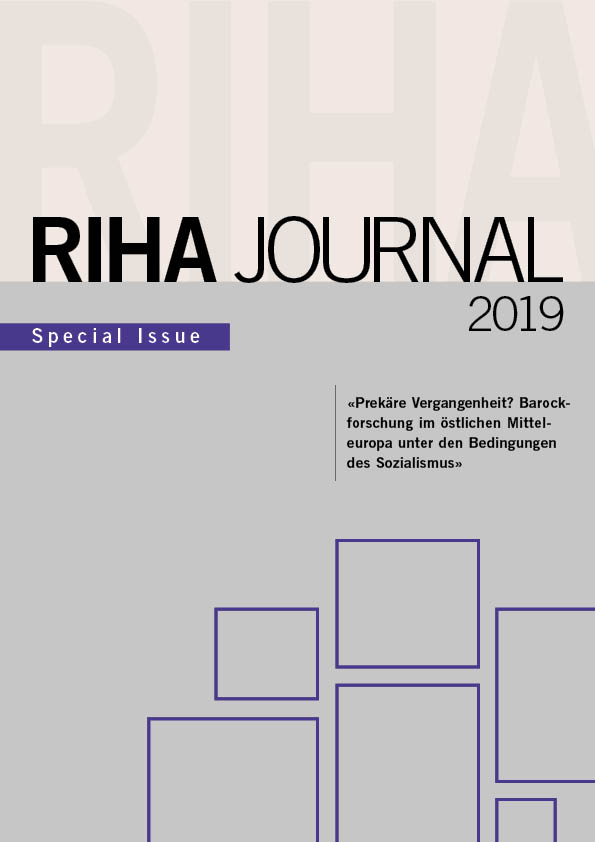
Special Issue "Prekäre Vergangenheit? Barockforschung im östlichen Mitteleuropa unter den Bedingungen des Sozialismus"
2019
Articles 0211-0217
Guest-edited by Michaela Marek (†) and Eva Pluhařová-Grigienė
The field of art historiography under state socialism in Central and Eastern Europe has been little researched to date. In a comparative approach, this special issue examines the interpretative models that architectural historians in Eastern Europe applied to Baroque architecture during the Cold War.

Special Issue "From Living to Visual Images. Paradigms of Corporeal Iconicity in Late Antiquity"
2019
Articles 0222-0229
Guest-edited by Michele Bacci and Vladimir Ivanovici
In the Roman world, various traditions of iconic life were present in the period before the icon was affirmed. By examining these, the articles in this issue restore part of the context in which the concept of the icon was born. And they invite readers to add a new perspective on the phenomenon: that of a surrogate for the living iconic body.

Special Issue "Mies und mehr ... . Transferprozesse in Architektur und Wohnkultur der 1920er und 1930er Jahre"
2018
Articles 0184-0188
Guest-edited by Rudolf Fischer
This special issue presents new research perspectives on the architectural and interior design discourses of modernity. It questions the complex relationship between the process of artistic creation, society and technology, while also considering the actors and networks implicated in the formation of the avant-garde modernism.
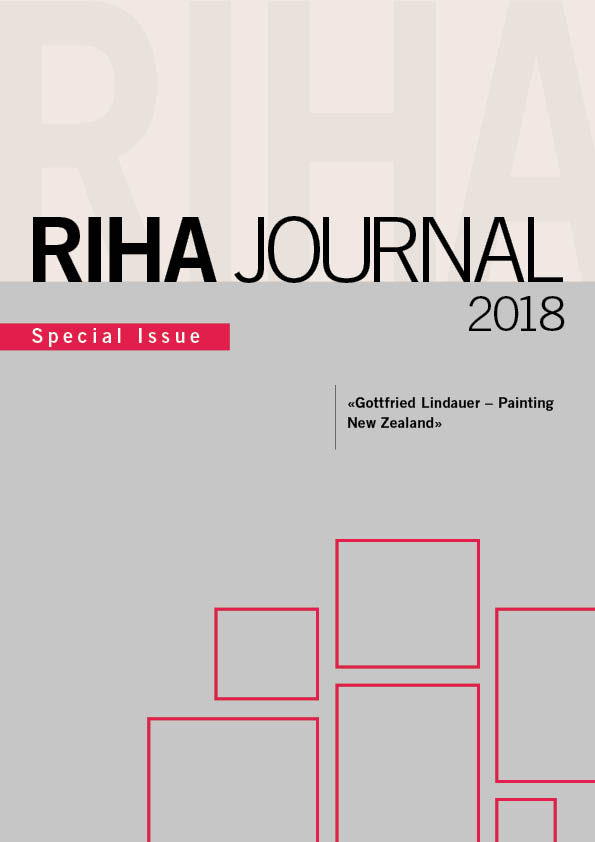
Special Issue "Gottfried Lindauer – Painting New Zealand"
2018
Articles 0189-0197
Guest-edited by Alexandra Karentzos, Miriam Oesterreich and Britta Schmitz
"Gottfried Lindauer – Painting New Zealand" breaks new ground in the debate on cultural transfer processes of the 19th century. It generates new perspectives on past as well as present exhibition regimes, addressing questions of colonial self-presentation and representation, both of which are intellectually intriguing and currently the subject of politically-charged controversy. The dissonance between how the Māori used and valued portraiture and how the West viewed and reflected on the pictorial is discussed, as are negotiations over the documentary and the pictorial.

Special Issue "War Graves/ Die Bauaufgabe Soldatenfriedhof, 1914-1989"
2017
Articles 0150-0176
Guest-edited by Christian Fuhrmeister (Zentralinstitut für Kunstgeschichte, Munich) and Kai Kappel (Humboldt Universität zu Berlin)
The special issue “War Graves, War Cemeteries, and Memorial Shrines as a Building Task (1914 to 1989). Die Bauaufgabe Soldatenfriedhof/Kriegsgräberstätte zwischen 1914 und 1989“ originates from two colloquia hosted by Humboldt-University in Berlin and Zentralinstitut für Kunstgeschichte in Munich in 2014. The papers of this anthology contribute to an emerging field of research whose scope is interdisciplinary and transnational.
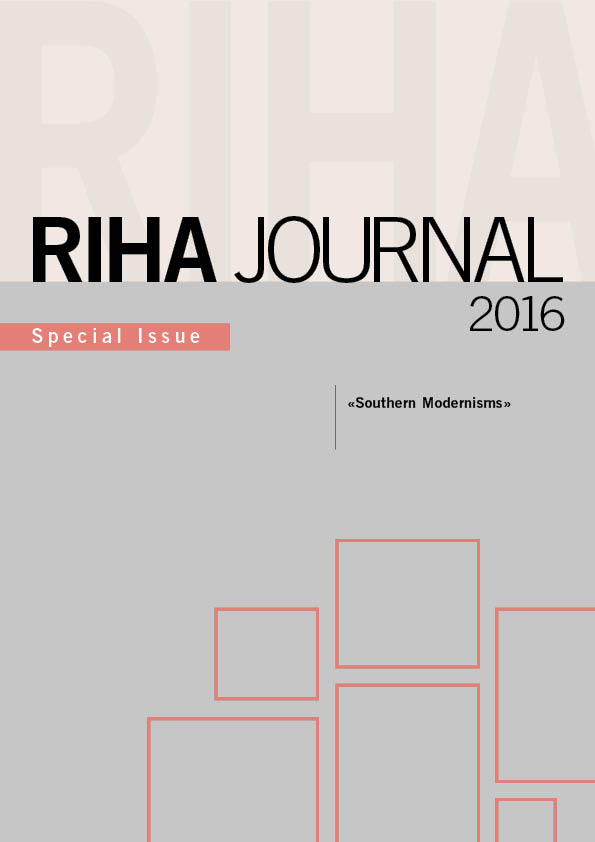
Special Issue "Southern Modernisms"
2016
Articles 0131-0140
Guest-edited by Joana Cunha Leal and Begoña Farré Torras, Universidade Nova, Lisbon
"Southern Modernisms. Critical Stances through Regional Appropriations" is a special issue curated by Joana Cunha Leal and Begoña Farré Torras from the Universidade Nova of Lisbon. Its goal is to broaden the ongoing critical revision of the concept of Modernism with case studies relating to Portugal, Spain, and Greece.
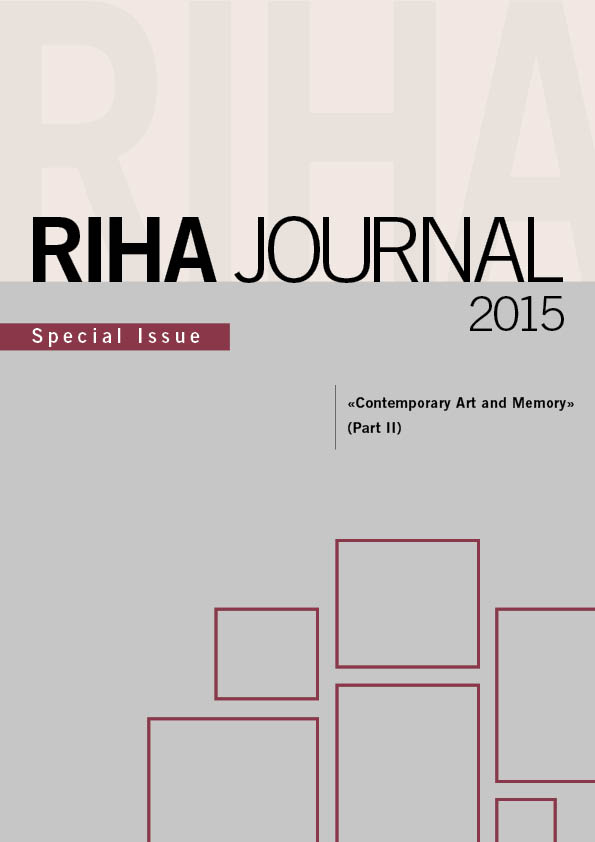
Special Issue "Contemporary Art and Memory" (Part II)
2015
Articles 0122-0125
Guest-edited by / Gościnnie zredagowany przez Katarzyna Jagodzińska (International Cultural Centre, Krakow)
This special issue results from a seminar hosted by the ICC in Krakow in conjunction with the exhibition "Memory. Registers and Territories" (ICC Gallery, Dec. 2013 - April 2014). In case studies and cross-sectional investigations, the authors trace the motifs of individual and collective memory in contemporary Polish art.




